Sometimes facts are stranger than fiction. At midnight of August 14-15, 1947, not only did the Indus river, from which India derives its name, slip out of Indian territory but also all the sites of the grand civilization associated with the name of that river, viz. the Indus civilization. Indian archaeologists, however, took up the challenge and by now have put on the map of divided India nearly 1,000 sites pertaining variously to early, mature and late phases of this civilization. The civilization is now known to have extended far beyond the Indus valley – up to northern Uttar Pradesh in the east and northern Maharashtra in the south. But neither the number nor the extent is of essence. What really matters is that the Indian sites have thrown altogether new light on this civilization. To wit, we now have: from Lothal, the earliest dockyard known to humanity; from Kalibangan, the earliest ploughed agricultural field ever revealed through excavation, as also the evidence of the earliest earthquake; from Dholavira, the earliest example of damming a stream for water-supply; from the same site a unique township comprising a Citadel, middle town and lower town, all duly fortified. Avoiding technical jargon but fully illustrated, the book is written specially for non-archaeologists who, the author feels, must share these achievements. It is to them that the book is dedicated.
India – 1947-1997: New Light of the Indus Civilization
by B B Lal
$42.30
$47.00
In stock
Free & Quick Delivery Worldwide
All orders amounting to US$ 50 or more qualify for Free Delivery Worldwide. For orders less than US$ 50, we offer Standard Delivery at $14 per book.
ABOUT THE AUTHOR B B Lal
An archaeologist of international repute, Professor B.B. Lal was the Director General of the Archaeological Survey of India. His excavation at Kalibangan in Rajasthan has brought to light a prosperous city of the Harappan Civilization. The excavations at Hastinapura, Indraprastha, etc. have established that there was a kernel of truth in the Mahabharata, though the epic is full of interpolations. The excavations at Ayodhya, Sringaverapura, etc. have shown that the Ramayana too has a basis in history. In 1961, he conducted excavations in Egypt, which threw valuable light on Egyptian prehistory. He has published over 150 seminal research papers, variously in India, USA, UK, France, Italy, Egypt, Japan, etc. Amongst his recent books are: The Earliest Civilization of South Asia (1997); India 1947-97: New Light on the Indus Civilization (1998); The Sarasvati flows On: The Continuity of Indian Culture (2002); The Homeland of the Aryans: Evidence of Rigvedic Flora and Fauna and Archaeology (2005); Rama: His Historicity, Mandir and Setu (2008); How Deep are the Roots of Indian Civilization? Archaeology Answers (2009). In 1982, Mithila Visvavidyalaya conferred on Professor Lal the title of Mahamahopadhyaya. In 1994, he was awarded D. Litt. (Honoris causa) by Institute of Archaeology, St. Petersburg, Russia. The same year he was elected President of World Archaeological Congress. In 2000, the President of India honored him with Padma Bhusana.
reviews
0 in total
Review by Anonymous
Be the first to review “India – 1947-1997: New Light of the Indus Civilization” Cancel reply
You must be logged in to post a review.
Bibliographic information
Title
India – 1947-1997: New Light of the Indus Civilization
Author
Edition
1st ed.
Publisher
ISBN
8173051291
Length
xix+135p., Plates; Maps; Bibliography; Index.
Subjects
more by B B Lal see more
The Rigvedic People ‘Invaders’?/’Immigrants’? or Indigenous?: Evidence of Archaeology and Literature
For several decades it has ...
$90.00
$100.00

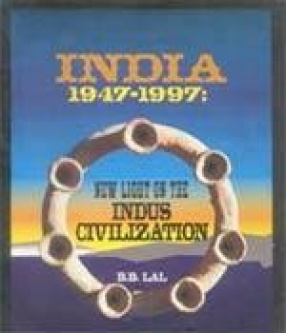
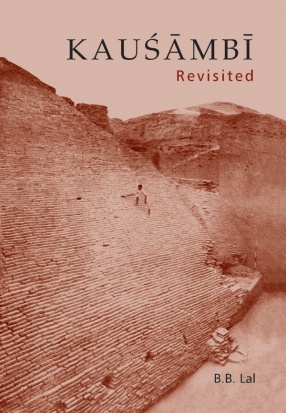
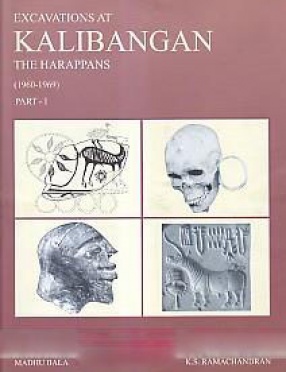
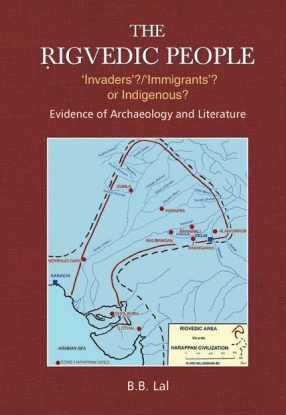
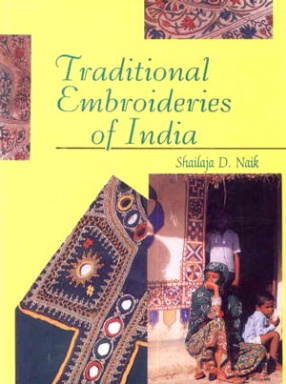

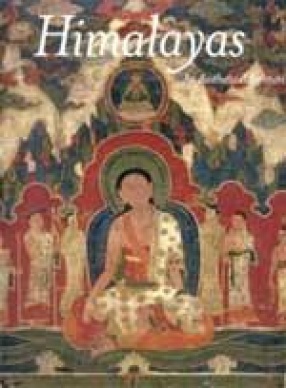
There are no reviews yet.